
This project restores and protects over 640 hectares of degraded mangrove forest in Kilifi County, Kenya, part of a 4,000-hectare coastal ecosystem that supports vital fisheries, wildlife, and livelihoods.
Together with local partner COBEC (Community Based Environmental Conservation), Seatrees has already supported the planting of more than one million mangrove trees since 2022, creating 600+ local jobs and measurable improvements in biodiversity, livelihoods, and coastal resilience.
This project is part of our Seatrees+Biodiversity portfolio: premium, science-backed restoration designed to track biodiversity uplift and community benefits with full transparency. Each project creates sustainable jobs and empowers local stewards to care for and protect these vital ecosystems.

Why It Matters
Mangroves in Marereni are a biodiversity hotspot and critical nursery habitat for fish, crabs, birds, and endangered sea turtles.
However, decades of illegal logging, livestock grazing, and poverty-driven deforestation have degraded large portions of these forests. Their loss threatens food security, accelerates erosion, and reduces protection from sea-level rise.
Through locally led restoration, this project:
- Rebuilds critical habitat for fish, birds, and sea turtles
- Improves water quality and sediment retention for nearby coral reefs and seagrass meadows
- Protects coastal villages from storm surge and flooding
- Generates sustainable employment and education opportunities for residents
Project Highlights
1,000,000 mangroves planted since 2022
640 hectares restored and protected
600+ jobs created, with 40% held by women
Community scouts trained to monitor and patrol mangrove forests alongside the Kenya Forest Service
TREEDUCATION Fund provides scholarships for local students, reducing economic pressure on forests
Ongoing biodiversity and social monitoring to guide adaptive project management

Biodiversity & Ecosystem Uplift
Results from our 2024 household survey confirm strong ecological recovery:
- 91% of residents observed positive ecosystem changes — including increased forest cover, fish abundance, and wildlife sightings (baboons, monkeys, birds).
- 75% of planters report noticeable improvements in forest health and biodiversity at planted sites.
- Increased rainfall and local cooling effects have been observed in replanted zones, indicating early microclimate stabilization.
The 2024 survey of 383 local households revealed the project’s significant social benefits:

COBEC
Seatrees has partnered with COBEC (Community Based Environmental Conservation), a community-based organization founded in 2005 in Kenya – focused on local "grassroots" ocean conservation efforts.
Their main programs implemented with the support of the local communities and government stakeholders focus on mangrove forest restoration and sea turtle conservation
A little further reading...
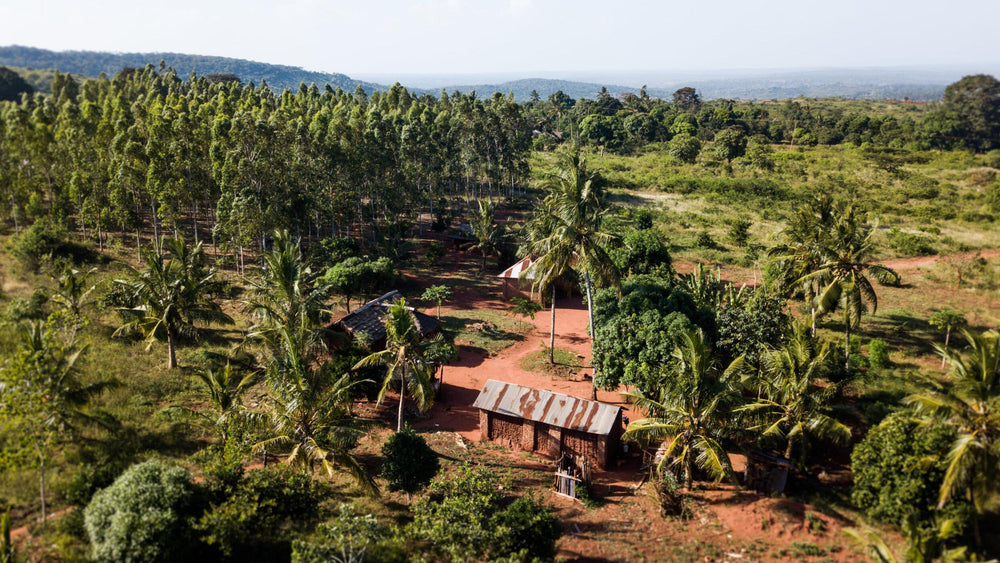
Threatened by deforestation
Over the last several years, the mangrove forests within the Marereni ecosystem have been destroyed by land conversion, poaching, and Illegal logging. This degradation has led to loss of biodiversity, increased coastal erosion, loss of sea grasses and coral reefs, and decreased availability of wood.
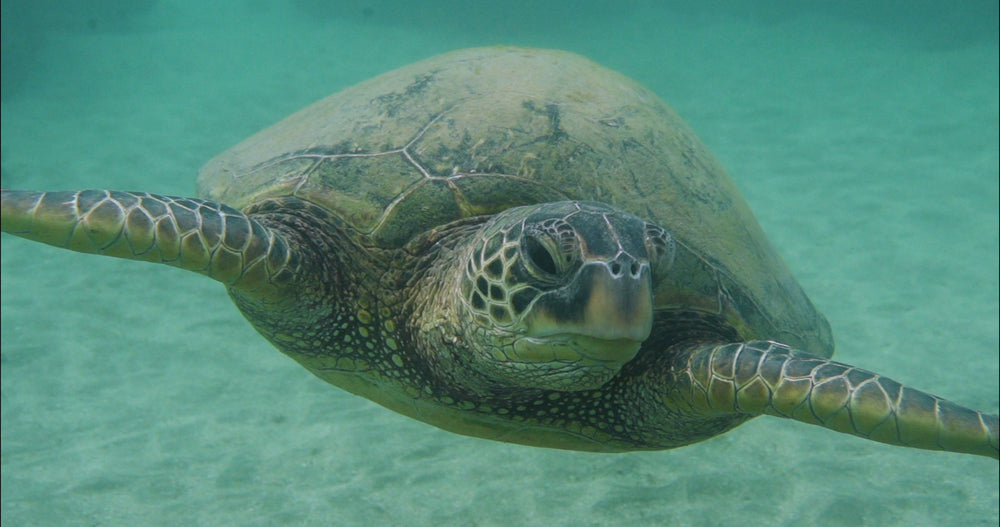
A Biodiversity Hotspot
The project area is made up of fringing, estuarine, and creek mangrove ecosystems. These habitats are important feeding and breeding grounds for many important fish species, and is home to baboons, monkeys, and turtles, as well as an important passage and feeding area for flamingos.
The regeneration of these mangrove forests will reestablish critical habitats for several species and ensure they thrive for many years to come.
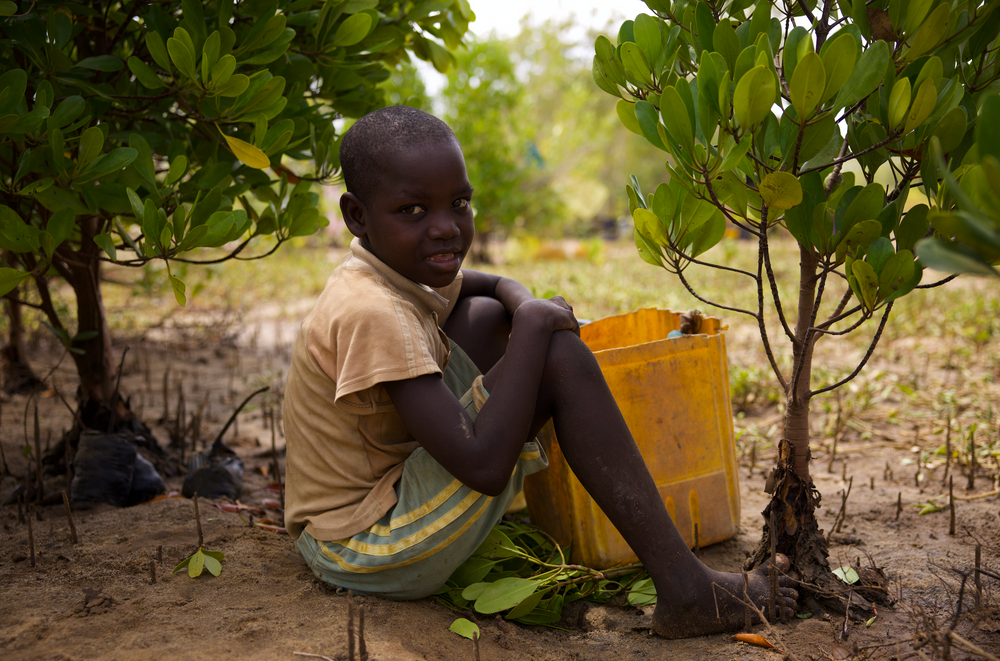
Sustainable Development
This project provides long-term employment for the local community. This in turn drives other Sustainable Development benefits.

Regenerating Coastal Ecosystems Creates Sustainable Benefits
This project provides economic opportunities for over 600 people in the communities of the Marereni region. In addition to restoring a critical coastal ecosystem, Seatrees and Community Based Environmental Conservation (COBEC) are creating lasting social impacts for the community members involved. Healthy mangrove ecosystems in Marereni ensure that fishing and eco-tourism continue to be viable economic drivers for the region.
Key Impact Metrics
- Over 1,000,000 mangrove trees planted since 2022 across 640 hectares of coastline
- 600+ local jobs created, with 40% held by women
- 91% of residents report improved biodiversity and forest cover
- 75% of planters report better food security and healthcare access
- Half of households earn at least 25% of their income from mangrove-based livelihoods
- 30 mangrove trees = 9 tons of CO₂ sequestered over 25 years
- Community scouts reduce illegal logging and strengthen coastal protection
- TREEDUCATION Fund provides scholarships and promotes youth-led conservation
- Long-term monitoring tracks both ecological and social uplift for transparent reporting
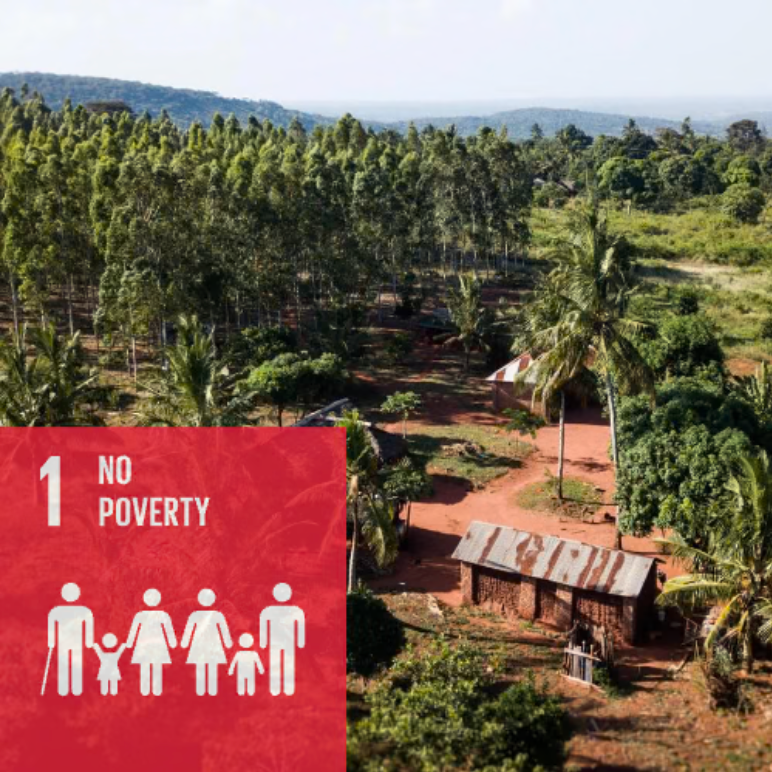
No Poverty
While Kenya has the largest economy in east Africa, 36% of its population still live below the international poverty line. This project generates economic opportunities for the communities in the Marereni area.
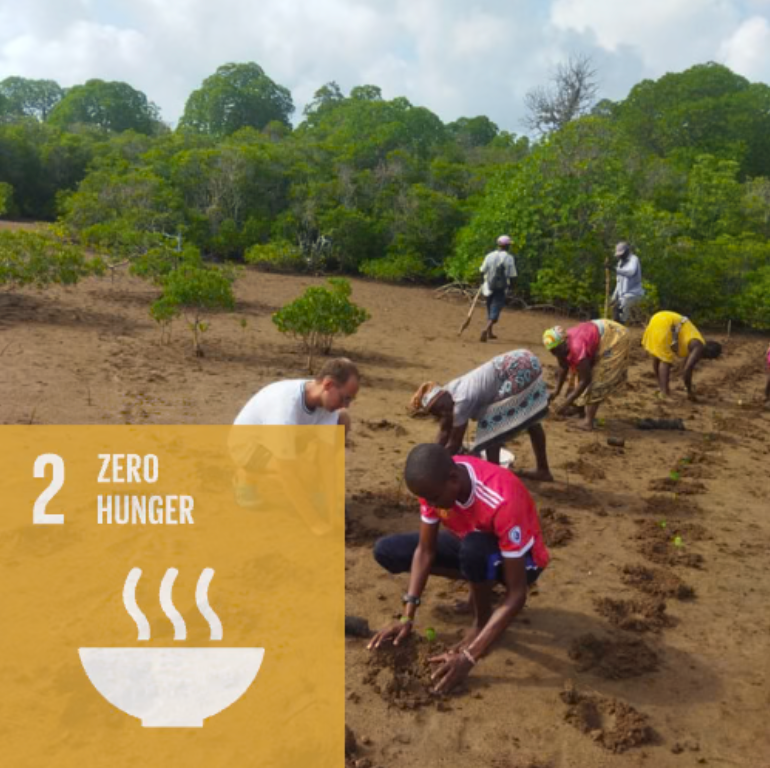
Zero Hunger
Community members are able to provide meals to their families with wages earned through nursery management.
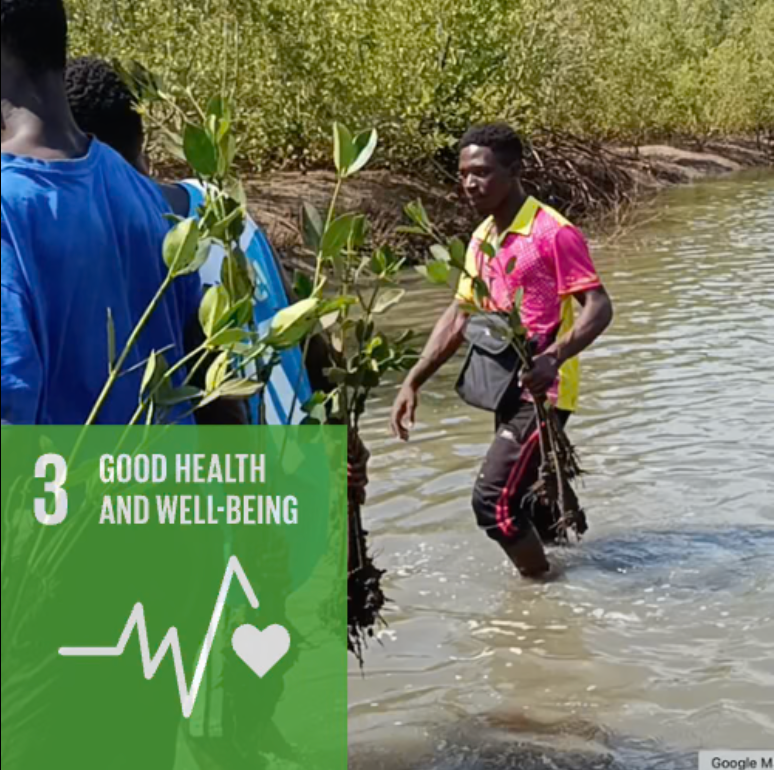
Good Health and Well-being
In Kenya, although certain hospitals provide free medical care to patients, many medical expenses are still unaffordable for individuals living at or below the poverty line. However, by participating in mangrove tree planting initiatives with COBEC, community members have been able to generate income that they have used to purchase medications for their households and receive medical treatment at clinics.
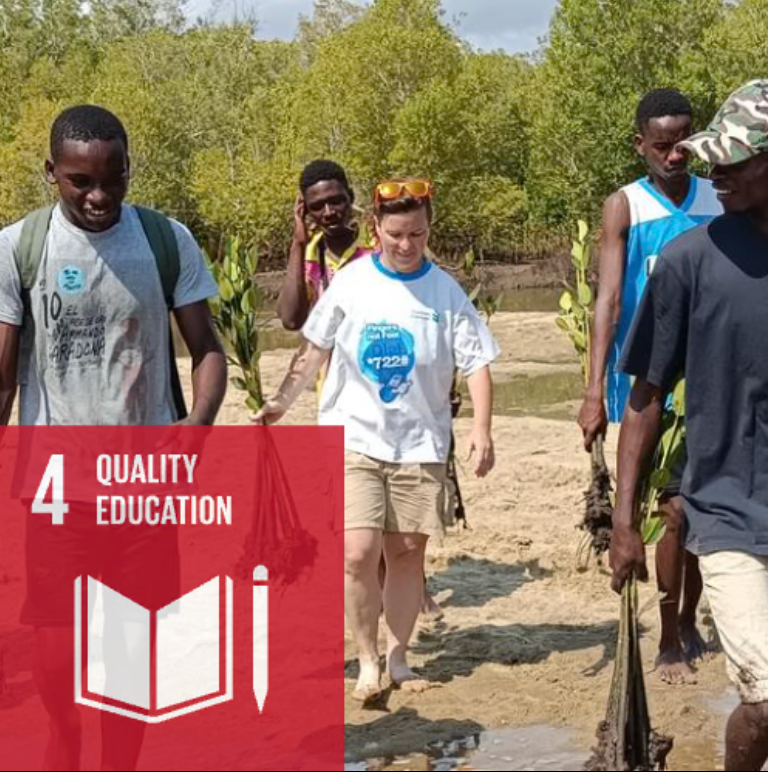
Quality Education
While school fees for Kenyan public schools were abolished in 2003, families still face costs for uniforms, school supplies, and more. Proceeds from the project will support in paying school fees for beneficiary families, as well as provide training sessions to beneficiaries.
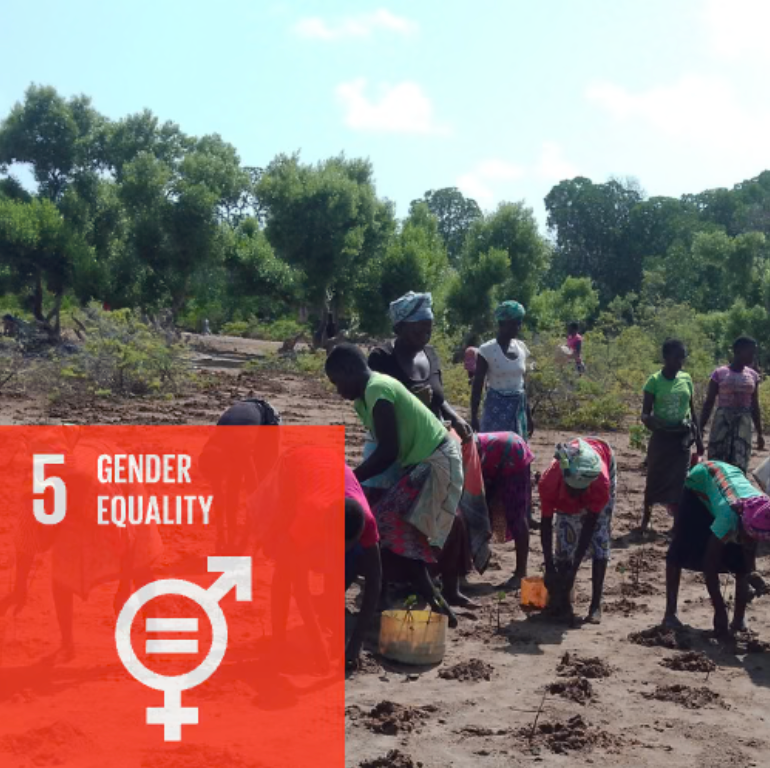
Gender Equality
The success of this project has been shown to rely heavily on women's participation. More than half of the community members involved in the tree planting and management of sapling nurseries are women.
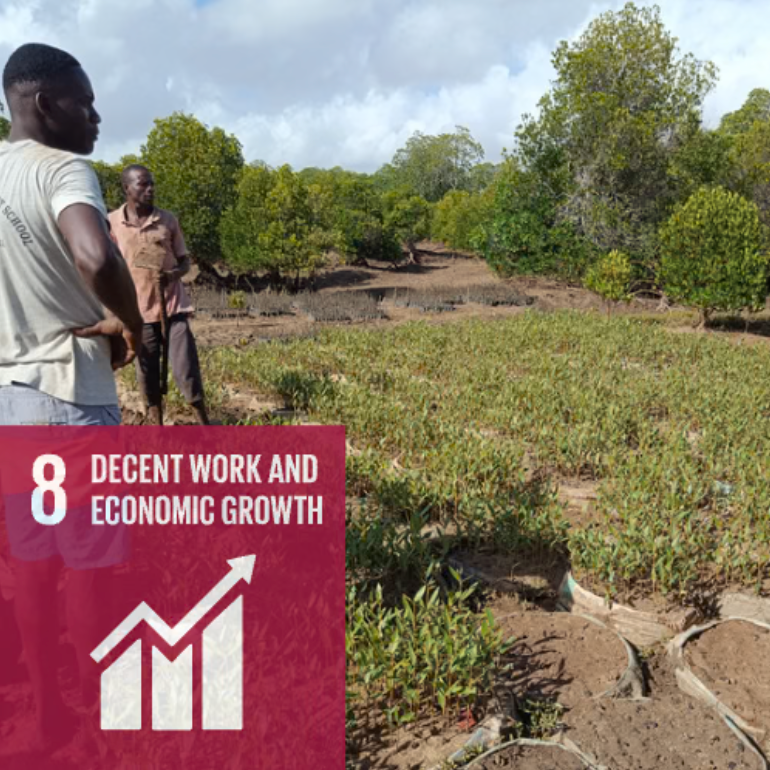
Decent Work and Economic Growth
The project will create jobs/income for the community groups that will establish nurseries. Over 600 people will be employed planting on a regular basis which will assist people in renovating their houses among other things mentioned above. The project will provide short-term employment opportunities during the project period. Additionally, individuals will have the opportunity to invest in long-term enterprises with the amount they earn from the project.
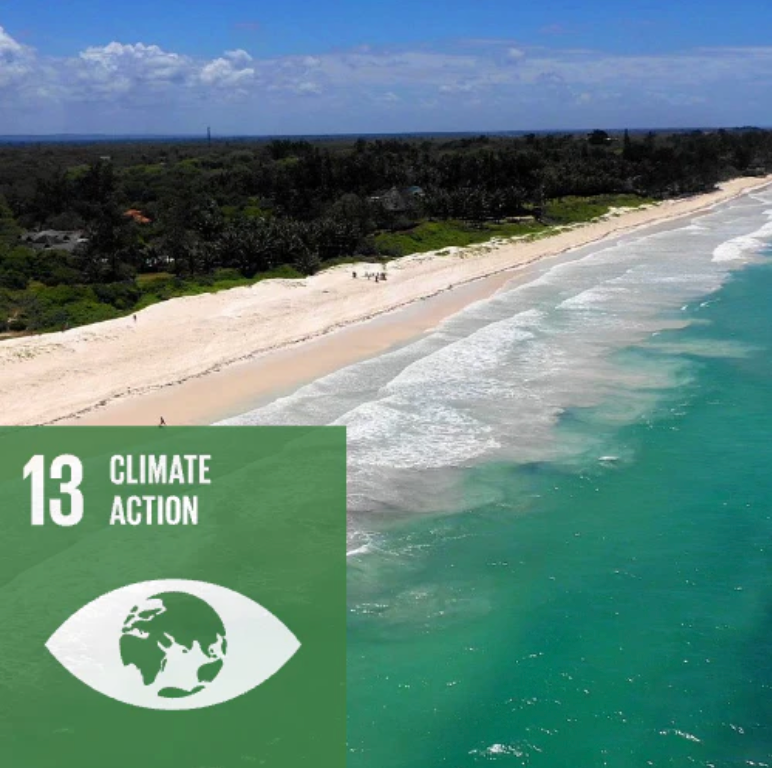
Climate Action
The threat of climate change is a worldwide concern that impacts all societies. To address this issue, SeaTrees has partnered with COBEC to raise awareness of the project and educate community members on the advantages of conserving mangrove ecosystems. COBEC conducts training sessions for the Marereni community on monitoring mangrove growth and survival to guarantee the long-term success of the restoration efforts.
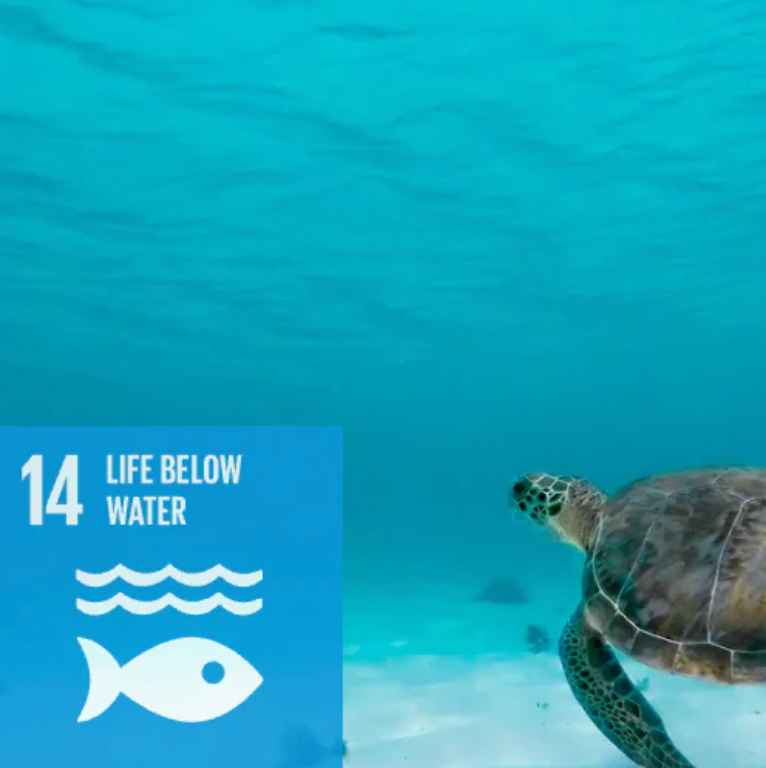
Life Below Water
The project area serves as important breeding grounds for many species of fish and is home to threatened species of turtles. Both seagrass and mangrove trees serve to trap sediments, benefiting local coral reefs and providing an important habitat for many marine species.

Life on Land
The project area is made up of fringing, estuarine, and creek mangrove ecosystems. These habitats are important feeding and breeding grounds and is home to baboons, monkeys, as well as an important passage and feeding area for flamingos.


